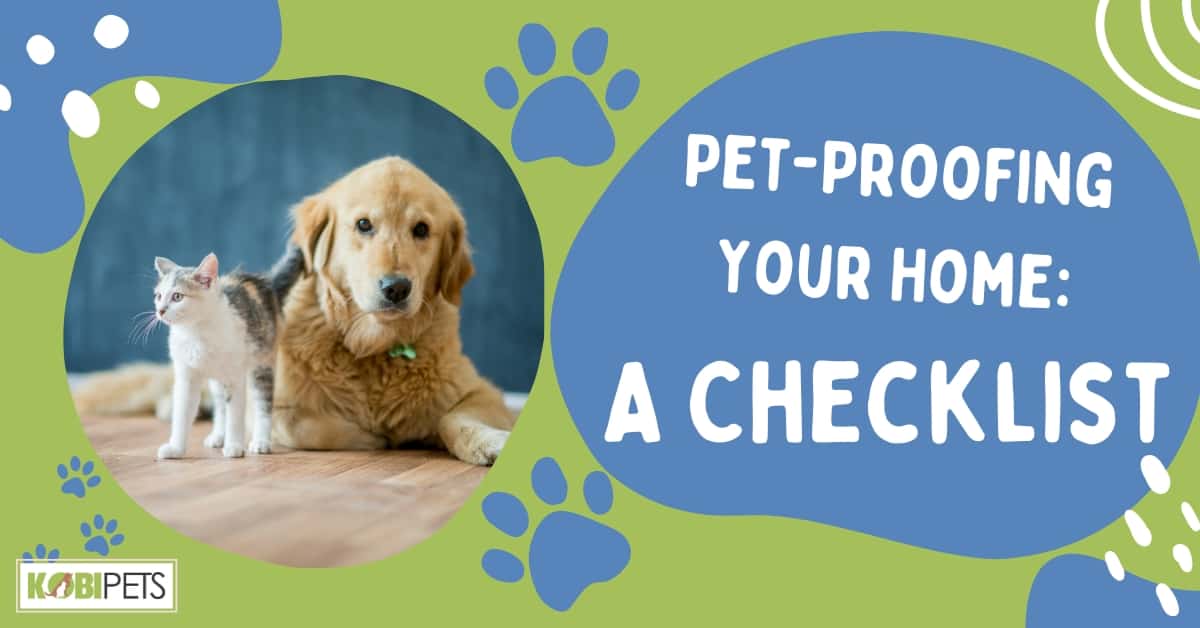
Pet-proofing your home is an important step to being a responsible pet owner. With some forethought and preparation, you can ensure that your small companion remains safe and healthy in the environment of your home.
Pet-proofing your home is an important step in creating a safe and happy environment for your pet. From securing indoor spaces to considering outdoor hazards, this checklist provides a comprehensive guide to help you create a pet-friendly home that’s free from potential dangers and hazards.
A great place to start is by creating a checklist of pet-proofing tips that you and your family can follow in order to make your home pet-friendly for all residents.
Securing Indoor Spaces
Securing indoor spaces is an important part of pet-proofing your home. Pets, especially young ones, can be curious and mischievous and can get into things they shouldn’t. Here are some tips for securing your indoor spaces:
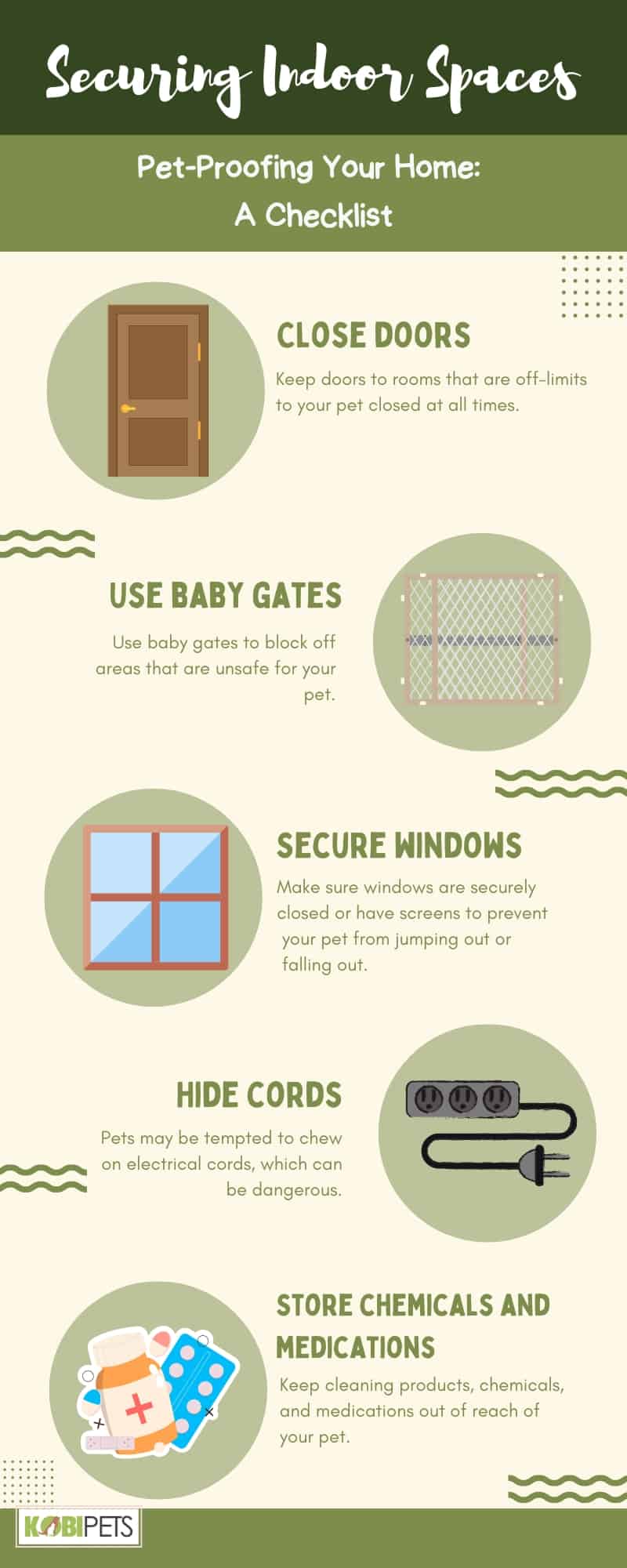
Securing Indoor Spaces
- Close doors: Keep doors to rooms that are off-limits to your pet closed at all times. This will help prevent your pet from getting into places they shouldn’t be, like the garage or the laundry room.
- Use baby gates: Use baby gates to block off areas that are unsafe for your pet. For example, you might use a baby gate to keep your pet out of the kitchen while you’re cooking, or to keep them away from a staircase.
- Secure windows: Make sure windows are securely closed or have screens to prevent your pet from jumping out or falling out.
- Hide cords: Pets may be tempted to chew on electrical cords, which can be dangerous. Keep cords out of sight by using cord covers or tucking them behind furniture.
- Store chemicals and medications: Keep cleaning products, chemicals, and medications out of reach of your pet. Store them in a high cabinet or locked closet.
Managing Household Items
If you’re a pet owner, you know how important it is to keep your furry friend safe and healthy. One of the most crucial steps in ensuring their safety is by pet-proofing your home.
From locking away cleaning supplies to keeping small objects out of reach, there are many ways to manage household items for pet-proofing your home.
Firstly, always shut down toilet lids to prevent your pets from drinking harmful chemicals or bacteria-filled water. Additionally, keep cleaning supplies locked away in cabinets or high shelves where pets cannot reach them.
This will not only keep your pets safe but also prevent any accidental spills or messes.
Another important step is to keep hair accessories off the floor to prevent choking hazards.
It’s also essential to move medicine and other potentially harmful substances to higher shelves or cabinets where pets cannot access them.
In the yard, make sure all plants are pet-safe, and remove any lawn equipment or gardening tools that could be dangerous for your furry friend.
Double-check that the fence is secure and free from holes or gaps that could allow your pet to escape.
When it comes to food, there are many dangerous foods for dogs such as grapes, nuts, onions, and garlic.
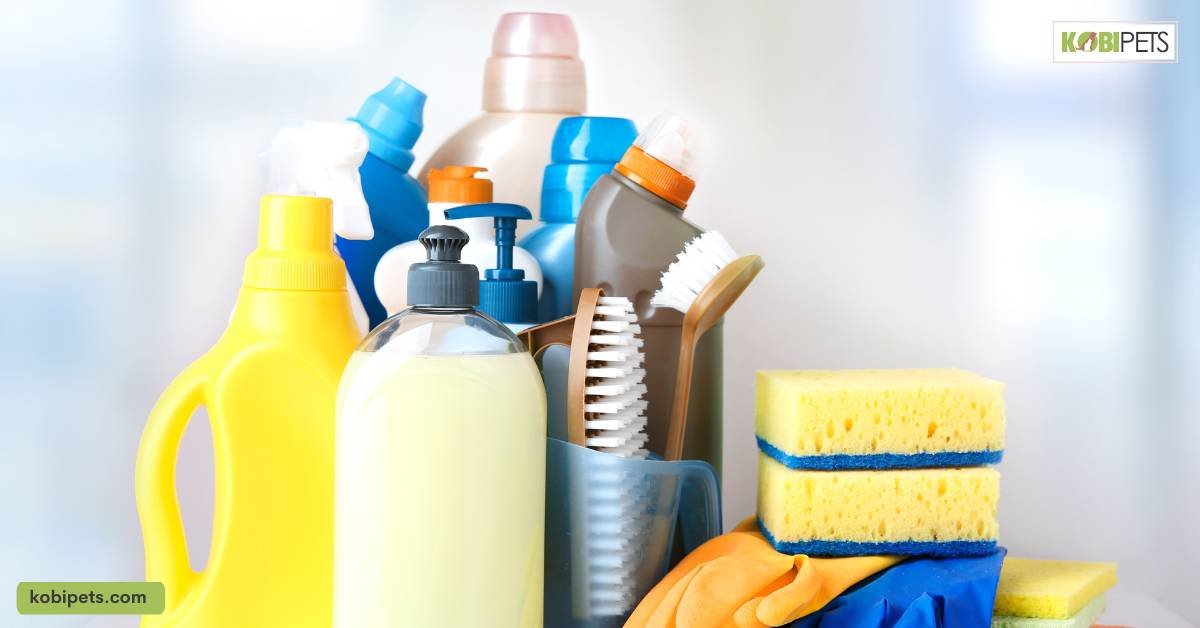
Outdoor Considerations
When pet-proofing your home, it’s important not to forget about outdoor spaces. Your yard or outdoor area can pose hazards to your pet if it’s not properly secured. Here are some outdoor considerations to keep in mind:
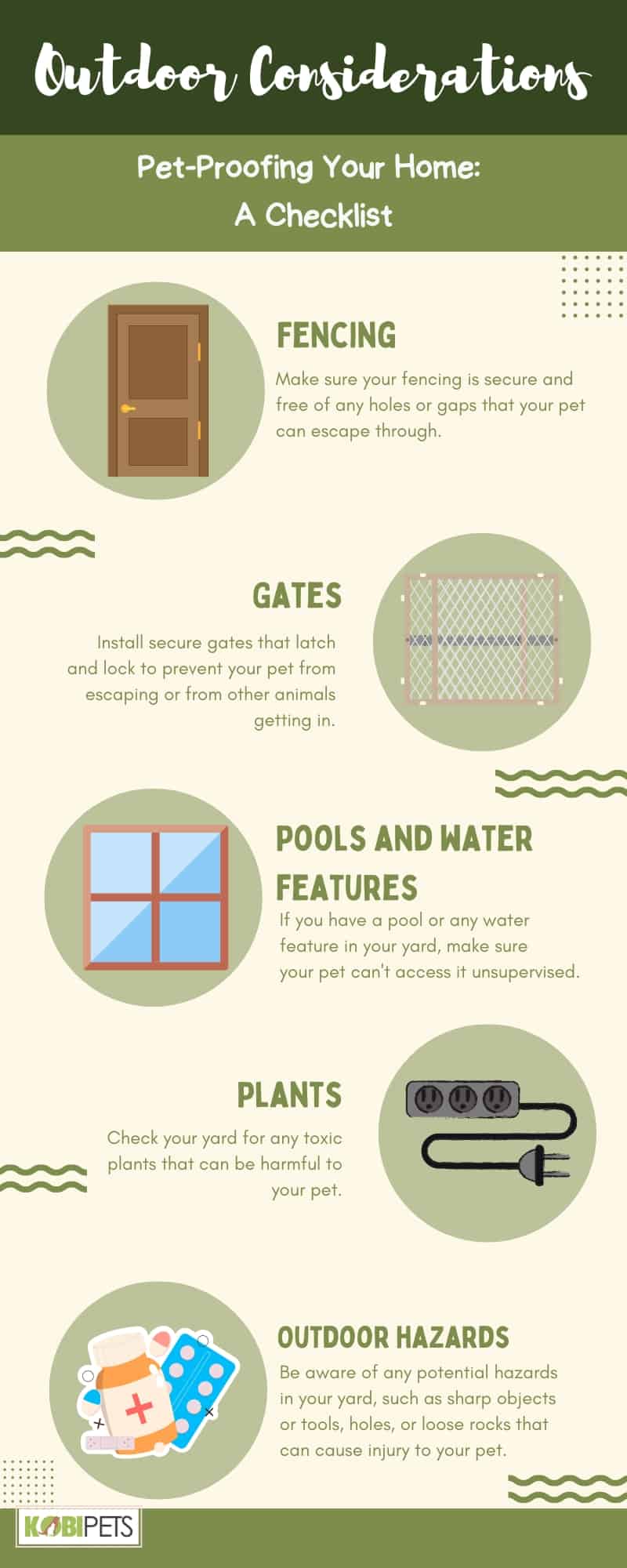
Outdoor Considerations
- Fencing: Make sure your fencing is secure and free of any holes or gaps that your pet can escape through. If you have a smaller pet, make sure the gaps between the pickets are narrow enough that they can’t squeeze through.
- Gates: Install secure gates that latch and lock to prevent your pet from escaping or from other animals getting in.
- Pools and water features: If you have a pool or any water feature in your yard, make sure your pet can’t access it unsupervised. Consider installing a fence around the pool or using a pool cover to prevent your pet from falling in.
- Plants: Check your yard for any toxic plants that can be harmful to your pet. Some common toxic plants include lilies, azaleas, and oleanders.
- Outdoor hazards: Be aware of any potential hazards in your yard, such as sharp objects or tools, holes, or loose rocks that can cause injury to your pet.
Addressing Potential Hazards
One of the first things to consider when pet-proofing your home is securing cabinets and drawers with childproof latches.
This will prevent curious paws from prying open cabinets and accessing potentially harmful items such as medications, cleaners, chemicals, and laundry detergents.
Electrical cords can also be a hazard for pets who love to chew. Covering cords with anti-chew tape or hiding them away can help prevent electrocution or other injuries.
Another potential hazard for pets is planting. Some common houseplants can be toxic to animals if ingested. It’s important to research which plants are safe for pets and removes any toxic ones from your home.
In addition to these hazards, it’s important to consider the layout of your home and how it may pose risks for your pets.
For example, if you have a fireplace, it’s essential to block off access with a baby gate or fireplace screen to prevent burns or other injuries.
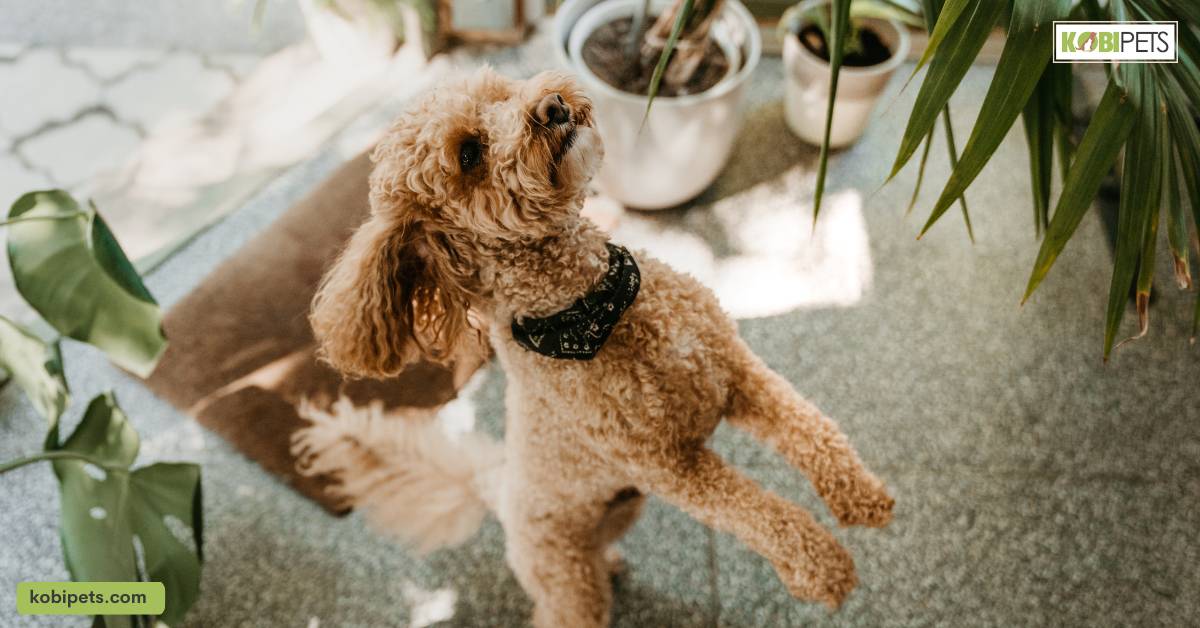
Electrical Safety
One area that requires special attention is electrical safety. Pets are naturally curious creatures and can easily get themselves into trouble around electrical appliances and cords.
Here’s a checklist of things you can do to pet-proof your home and keep your four-legged friend safe from electrical hazards.
Check all cords and outlets
Inspect all electrical cords and outlets in your home for any signs of damage or wear. Frayed or chewed cords should be replaced immediately, as they can cause electric shock or even start a fire.
Make sure all outlets are covered with safety caps to prevent pets from sticking their paws or noses into them.
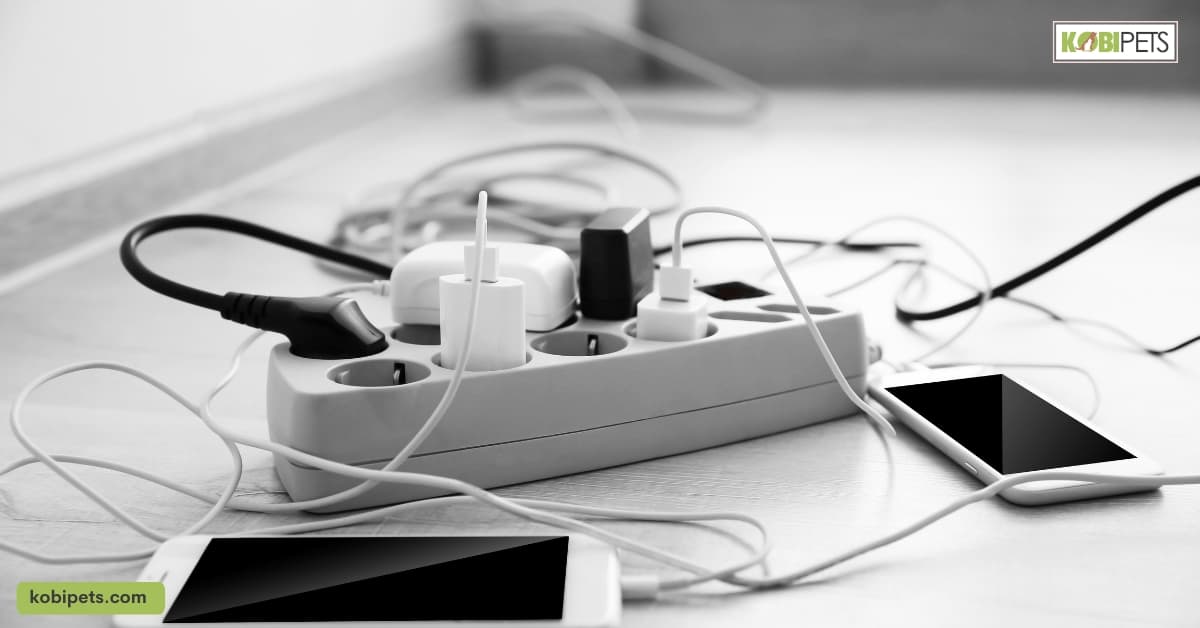
Keep appliances out of reach
Pets love to explore new things, including appliances like blenders, toasters, and hair dryers. Keep these items out of reach by storing them in cabinets or on high shelves where pets can’t access them.
Secure loose wires
Loose wires can be a tripping hazard for both pets and humans. Use cable ties or cord clips to secure any loose wires around the house, especially those that are near the ground.
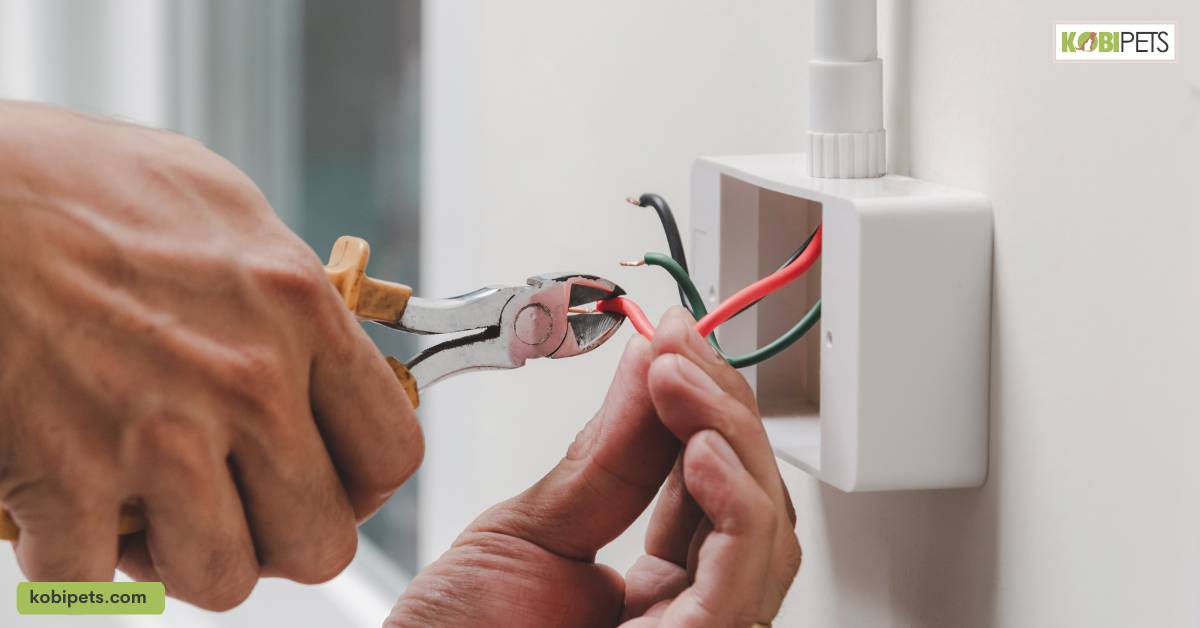
Avoid using extension cords
Extension cords should only be used temporarily, as they can overheat and cause fires if used improperly. Instead, try to position your electronics closer to an outlet or consider hiring an electrician to install additional outlets in your home.
Pet-Safe Plants
There are plenty of options when it comes to pet-safe plants, from the popular Spider Plant and Boston Fern to the exotic Calathea and Bromeliad varieties.
These plants not only look great but also provide health benefits such as purifying the air and reducing stress levels.
When selecting pet-safe plants, it’s important to consider your pet’s behavior and preferences.
Some pets may be more curious or prone to chewing on plants, so it’s best to avoid plants that could cause digestive issues or allergic reactions.
To help you get started, here are some popular pet-safe indoor plants:
- Spider Plant: Easy to care for and great for beginners
- Boston Fern: Adds a touch of greenery with its lush foliage
- Calathea: Known for its unique patterns and colors
- Bromeliad: A tropical plant that adds a pop of color
- Peperomia: Comes in various shapes and sizes
- African Violet: Produces beautiful flowers in different shades
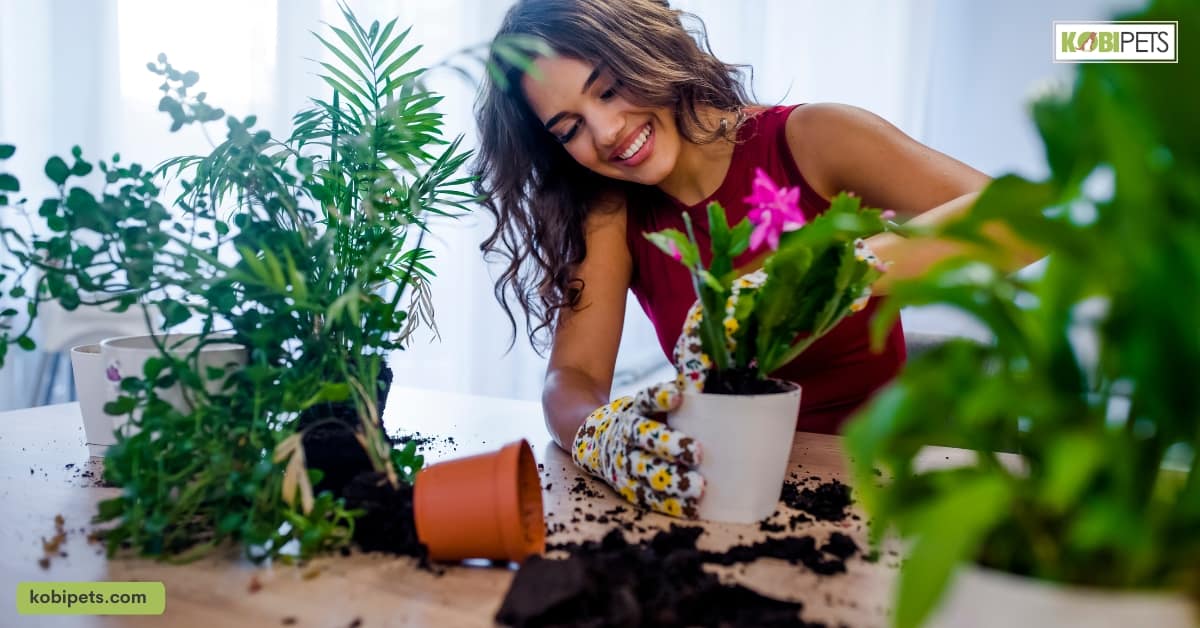
Preparing for Emergencies
Whether it’s a natural disaster or a sudden illness, having a plan in place can make all the difference in protecting your pet. Here are some steps you can take to prepare for emergencies:
Create an emergency kit
Just like you would create an emergency kit for yourself, it’s essential to have one for your pet as well. This kit should include items such as food, water, medications, first aid supplies, and copies of medical records.
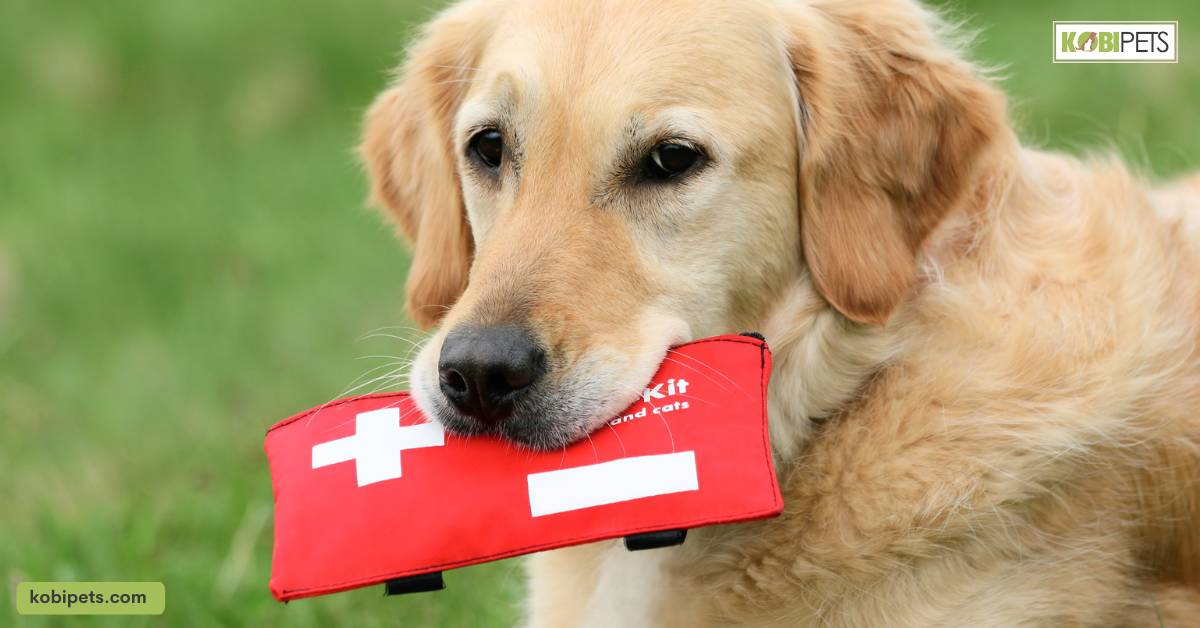
Know where to go
In case of evacuation, it’s important to know where you can go with your pet. Research pet-friendly hotels or shelters in your area ahead of time so that you’re not caught off guard.
Keep identification up-to-date
Make sure your pet has proper identification tags with current contact information. Consider microchipping your pet as well – this can greatly increase the chances of being reunited with them if they get lost.
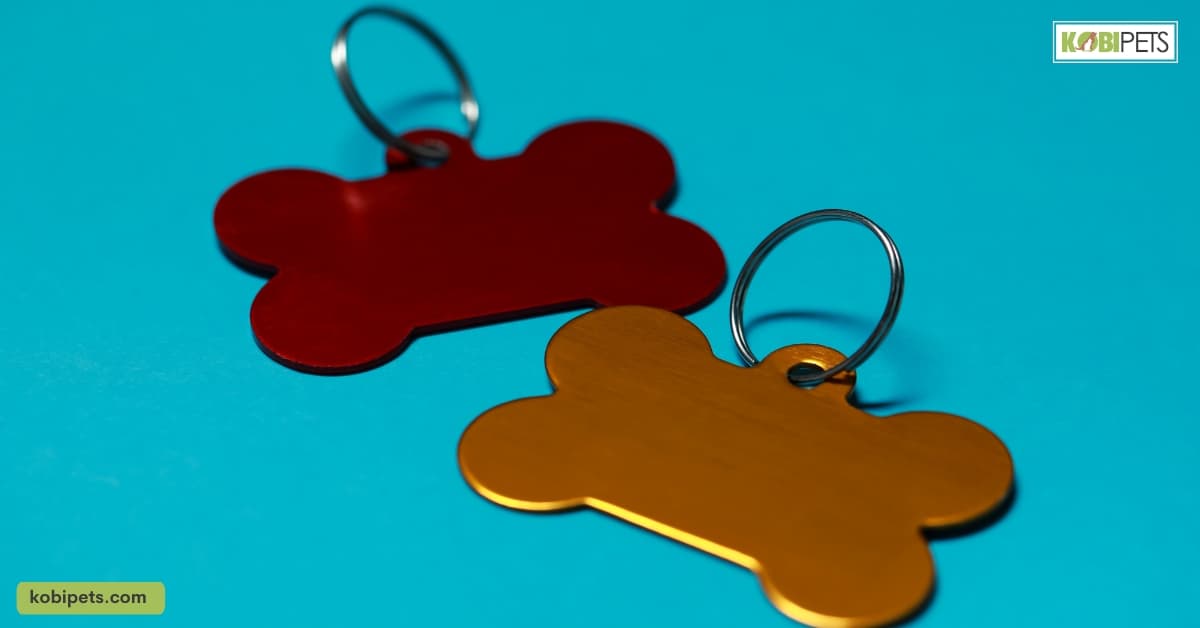
Have a communication plan
If you’re separated from your pet during an emergency, it’s crucial to have a communication plan in place. Make sure everyone in your household knows who will be responsible for contacting local animal shelters or veterinary clinics.
In conclusion
Pet-proofing your home is an important step to ensure the safety of your pet and that of your property.
Taking the time to complete this checklist ensures you are taking the necessary steps in pet-proofing and will keep both yourself and your companion safe.
After completing the suggested items, it is important to routinely check on them, especially if problems start to arise or you gain a new pet.






